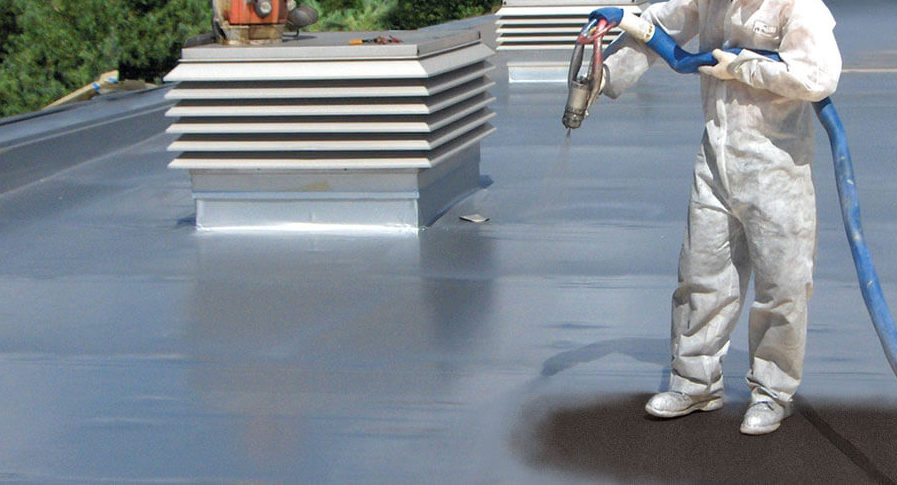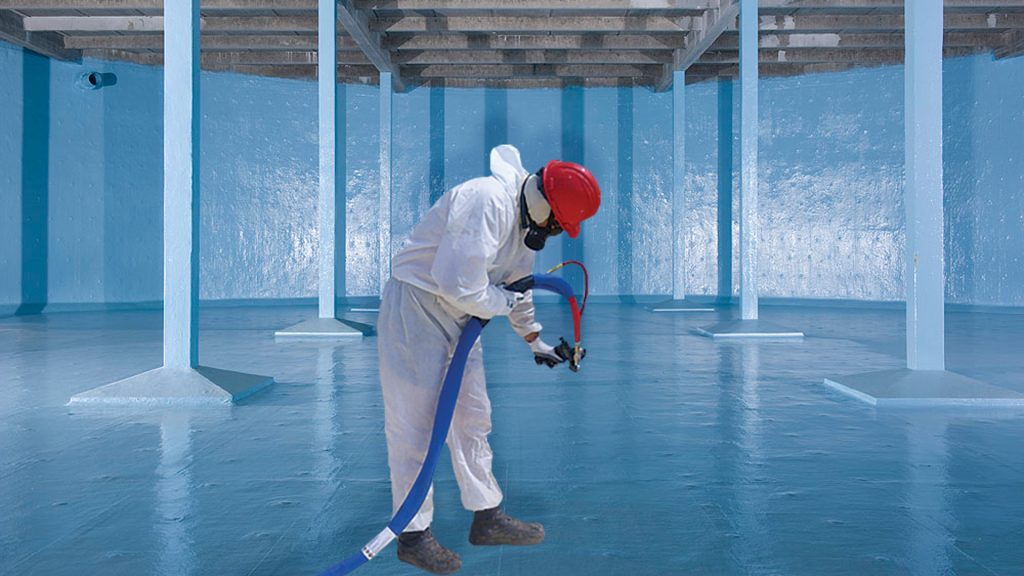Professional protective coatings play a role, in promoting sustainability by safeguarding surfaces like buildings and vehicles from environmental damage. This proactive approach not only minimizes the need for repairs and replacements, thus conserving resources and reducing waste, but also contributes to a greener environment. Moreover, many of these coatings are eco-friendly. Contain harmful substances compared to conventional coatings making them a more sustainable choice.
The environmental advantages of coatings are manifold. Their high resistance to corrosion helps prevent the release of elements into the environment. Furthermore, their water- and UV-resistant properties shield surfaces from degradation, reducing the necessity for repairs while also preventing the emission of substances into nature.
Furthermore, these coatings can aid in lowering energy consumption by decreasing the frequency of repairs and replacements. This reduction in energy usage, during production and transportation processes contributes to energy conservation.
Moreover, many of these coatings are formulated to reflect radiation, which in turn reduces the energy required for cooling a building.
In general, professional protective coatings prove to be a method for promoting sustainability. By minimizing the necessity for replacements and repairs these coatings aid in conserving resources and decreasing the release of materials into the environment. Furthermore they contribute to reducing energy consumption thereby enhancing sustainability efforts.
THE IMPORTANCE OF PROTECTIVE COATINGS IN ACHIEVING ECO FRIENDLY RESULTS
coatings play a role in attaining eco-friendly outcomes. These coatings are crafted to safeguard surfaces from deterioration, corrosion and environmental harm. They serve as a component in any construction project by lowering energy usage extending product lifespan and decreasing greenhouse gas emissions.
The primary advantage of coatings lies in their capacity to enhance surface durability. When correctly applied, these coatings can prolong surface life by forming a shield against damage. This not diminish the energy and resources required for repairs or replacements. Also decreases the need, for frequent maintenance and replacements—leading to substantial savings over time.
Exploring the Advantages of Specialized Protective Coatings, for the Environment
Employing specialized protective coatings provides advantages. Protective coatings play a role, in shielding structures and equipment from corrosion, abrasion and other forms of damage. By providing a barrier, these coatings help prolong the lifespan of components ultimately reducing the necessity for new material production. Moreover the application of coatings often involves eco technologies that contribute to minimizing air pollution.
The application of coatings serves as an effective method to minimize waste generation. For instance, coatings on existing structures can safeguard them against deterioration, thereby decreasing the need for replacements or repairs. In industries like marine transport, protective coatings aid in reducing wave resistance on ships, enhancing fuel efficiency and curbing carbon emissions.
Furthermore, protective coatings impact mitigating hazards posed by decommissioned structures. By encapsulating substances such as lead or asbestos within the coating layers, these materials are prevented from leaching into the surroundings. This proactive measure safeguards both wildlife and ecosystems from harm caused by materials.
In addition to benefits grade protective coatings contribute to enhancing the durability of structures and equipment. This longevity factor results in replacements over time. Subsequently reduces waste generation. Ultimately by extending the lifespan of assets through coating solutions there is a decrease, in both material consumption and greenhouse gas emissions.
Using coatings offers various environmental benefits. These coatings act as a shield, against corrosion, abrasion and other forms of harm helping to reduce air pollution, waste and hazardous substances. Moreover they play a role in prolonging the lifespan of structures and equipment thus decreasing the need for new materials to be produced and disposed of aiding in the reduction of greenhouse gas emissions.
THE BENEFITS OF EMPLOYING PROFESSIONAL PROTECTIVE COATINGS FOR DEVELOPMENT
development is crucial for creating a brighter future and preserving the health of our planet. To ensure the longevity and well being of our Earth for generations it is imperative that we take measures to safeguard it. One effective approach is through the utilization of coatings. These coatings help extend the life expectancy of products or structures. They are applied to making a contribution to development.
Protective coatings are layers applied to surfaces to shield them from damage caused by elements or factors. Professional protective coatings undergo application processes that ensure thorough coverage while being durable enough to withstand various forms of wear and tear.
Professional protective coatings, typically composed of materials, like polyurethane or epoxy are crafted to be durable and resilient against damage.
The application of these coatings brings benefits that support growth. Firstly they prolong the lifespan of products and structures reducing the need for replacements or repairs and enabling conservation of natural resources. Secondly by safeguarding against corrosion and other types of harm protective coatings help cut down on maintenance expenses thereby lowering the energy and resources required for upkeep and enhancing sustainability.
Moreover professional protective coatings play a role in preservation by minimizing the generation of waste from inadequately shielded products or structures. This contributes significantly to reducing pollution levels and preserving our environment.
To sum up professional protective coatings offer advantages for development by extending product longevity lowering maintenance costs and curbing environmental damage caused by hazardous waste. They play a part, in fostering a sustainable future.
Investigating the Effects of Professional Protective Coatings, on the Environment
The utilization of coatings is on the rise prompting a need to assess their environmental implications. These coatings serve to safeguard surfaces like metal, wood and concrete by being applied as a liquid and subsequently drying and solidifying. They provide added defense against water, corrosion and UV rays while also offering an option for enhancing aesthetics.
Nevertheless, it’s essential to acknowledge that certain elements present in coatings can pose environmental risks. Volatile organic compounds (VOCs) are frequently utilized in these products with their release into the atmosphere to both human health and the environment. VOCs play a role in generating ground level ozone. Are recognized as substances.
Thankfully there are strategies to mitigate the impact of professional protective coatings. One approach involves opting for coatings with VOC content and devoid of substances. The market is witnessing an increase in eco alternatives owing to advancements in technologies. Additionally adhering to procedures for applying and disposing of these coatings can aid in minimizing any effects, on the environment.
Using coatings is an excellent method to safeguard and enhance surfaces all while considering environmental impact. Opting for eco coatings and applying them correctly can help minimize any harm to the environment and make the most of these products advantages.




